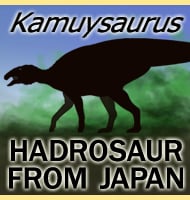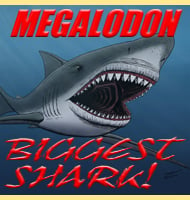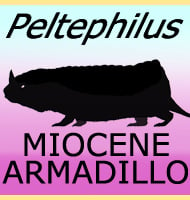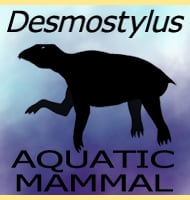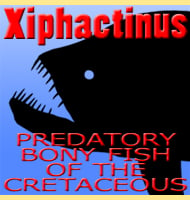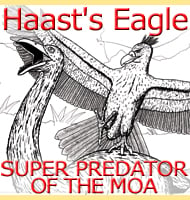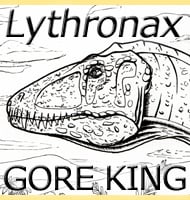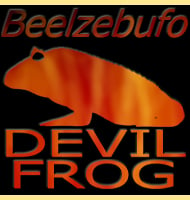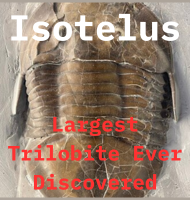In Depth
Sclerocormus is a genus of primitive ichthyosauromorph that lived in waters around Asia during the early Triassic. As a member of the group that was ancestral to the ichthyosaurs, Sclerocormus itself did not look that much like one. The body of Sclerocormus was quite stout and stocky, while the tail of the animal took up just over half of the total body length. The belly of Sclerocormuswas not as deeply round as later ichthyosaurs, and this feature combined with the straight relatively thin tail have come together to form a creature that lived in shallow waters.
Sclerocormus possessed short jaws that could be opened very quickly. It is thought that the sudden vacuum of the jaws opening could suck nearby animals into the mouth. The jaws being toothless mean that Sclerocormus would have been more suited to hunting soft bodied prey such as cephalopods and other molluscs.
Further Reading
- A large aberrant stem ichthyosauriform indicating early rise and demise of ichthyosauromorphs in the wake of the end-Permian extinction. - Scientific Reports 6:26232:1-9 - D.-Y. Jiang, R. Motani, J.-D. Huang, A. Tintori, Y.-C. Hu, O. Rieppel, N. C. Fraser, C. Ji, N. P. Kelley, W.-L. Fu & R. Zhang - 2016.

